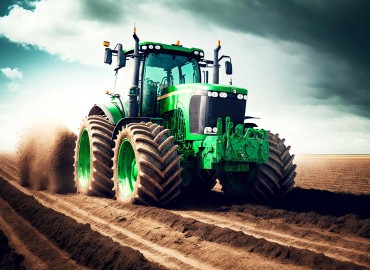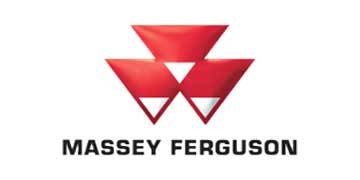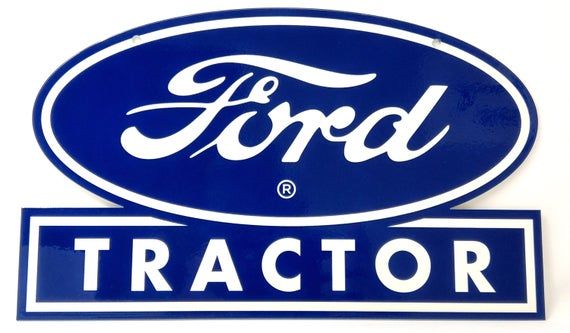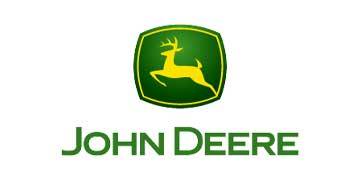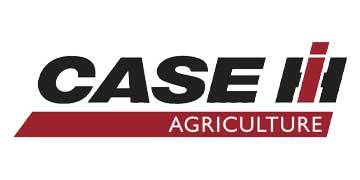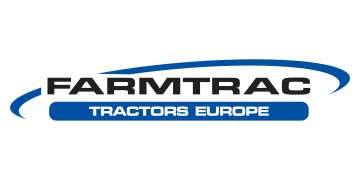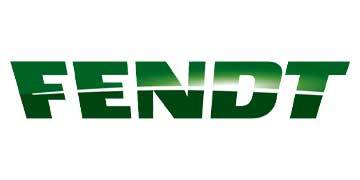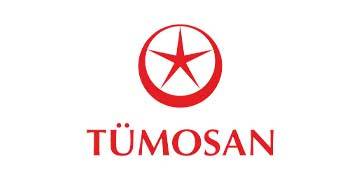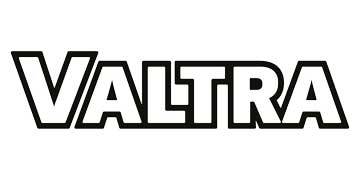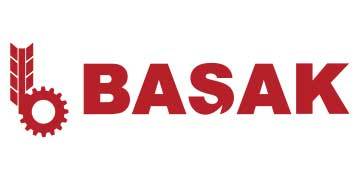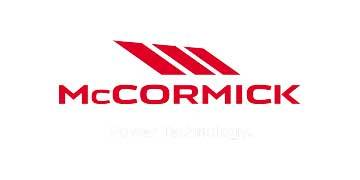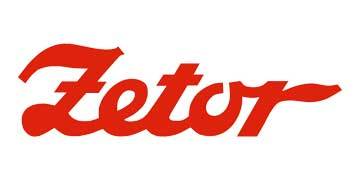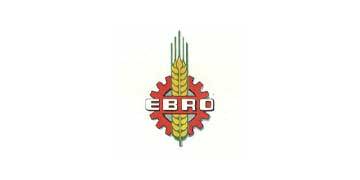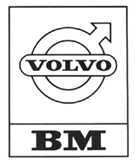One of the most important investments for agricultural operations is selecting a tractor. Choosing the right tractor can significantly impact the productivity and profitability of your fields. In this blog post, we will discuss some important factors to consider when selecting the right tractor to increase efficiency in your field.
Factors to Consider When Choosing a Tractor
When selecting a tractor to increase efficiency, the factors to consider generally include the following:
Field Size and Terrain Characteristics
The first factor to consider when selecting a tractor is the size of your field and the characteristics of the terrain. For a small field, a compact and user-friendly tractor may be ideal, while a larger field may require a more powerful and durable tractor. Additionally, consider whether your terrain is rugged, flat, or wet. Four-wheel-drive tractors are more suitable for rugged terrain, while high ground clearance tractors are preferred for wetlands.
Tractor Power
The power of the tractor determines its capacity for field operations such as tillage, planting, and harvesting. Tractor power is measured in horsepower (HP) or kilowatts (kW). It's important to choose a tractor with the appropriate horsepower for the size of your field and the terrain characteristics. Tractors with 50-75 HP may be sufficient for small fields, while fields larger than 100 acres may require tractors with 100 HP or more.
Transmission Type
Tractors come with different transmission types, including manual, gearbox, and hydraulic transmissions. Manual transmissions are simpler and more affordable but may be more difficult to use. Gearbox transmissions offer easier operation and provide different speed options. Hydraulic transmissions are the most comfortable and easy to use but are more expensive.
Motor Type
Tractors use two main types of engines: diesel and gasoline. Therefore, the engine type should also be considered when selecting a tractor. Diesel engines are more powerful and durable but produce more noise and emissions. Gasoline engines are quieter and produce fewer emissions but are not as powerful as diesel engines. Choose the appropriate engine type based on the size of your field and terrain characteristics.
Equipment
Tractors can be equipped with different implements for various agricultural activities such as tillage, planting, irrigation, and harvesting. When selecting a tractor, ensure it is compatible with the equipment you need. For example, if you plan to use implements like plows or trailers, choose a tractor with a compatible hitch system.
Price
Tractor prices vary greatly depending on the model and brand. Consider your budget and choose a tractor that offers the best value for money in terms of performance.
Brand and Service
When selecting a tractor, opt for a reputable and reliable brand. Also, consider the dealer's after-sales service and spare parts support.
Test Drive
Before purchasing a tractor, it's important to take it for a test drive. This allows you to experience the tractor's performance and ease of use firsthand.
Cabin Comfort
If you'll be working in the tractor for extended periods, choose a comfortable cabin. Consider factors such as cabin ergonomics, ventilation system, and sound insulation.
Technology
Modern tractors incorporate advanced technologies such as GPS navigation, automatic steering, and telemetry. These technologies make field operations like tillage and planting easier and more efficient. Choose a tractor with technologies that suit your needs and budget.
Spare Parts and Service Support
Don't forget to consider spare parts availability and service support when selecting a tractor. Consider the dealer's spare parts inventory and service network accessibility.
 en
en  tr
tr 







